Lisa Ober Shares What it Takes to Be a Successful Artist
I had a delightful conversation with award-winning artist, Lisa Ober, about her life as a client-based artist, her interesting career path, and her advice to young artists on what it takes to become a successful artist. Lisa has an upcoming two-day workshop, Still Life - From Apples to Zing (A to Z)! at the Galleries at Heartland Art Club, on October 22, 2022, through October 23, 2022, 9 AM to 4 PM.
—Kathy Corey
How did you get into commission work?
I started doing portraits of family, friends, and extended relatives for extra money while I was in school at Washington University. I chose pastels as a medium primarily because my parents commissioned pastel portraits of me and my siblings, and I loved the way they looked, so I felt I would try pastels for my portraits. I quickly discovered pastels live somewhere between drawing and painting, both of which I love. They are immediately rewarding, easy to clean up, and unlike oil painting, require no drying time…and I fell in love with them. After a lot of mistakes, many free portraits for potentially enthusiastic people, and lots of homemade business cards, recommendations from happy clients brought in actual commissions. I wondered if I should consider doing portrait work rather than working in my intended field.
The prospect of making an average starting salary of around $11,000 annually in design or illustration compared to the possibility of living the life of a self-employed commissioned artist who could sleep in until noon made my decision easy. Self employment it was (the young are so naïve)!
I did need immediate income so I did spend a year or so working as a customer service manager for a home improvement company. I worked during the day (with a horrifying 7 AM start) and stayed up late painting. After a year of falling asleep at my desk it was clear the “day job” wasn’t working and wasn’t fair to my employer or to me. So I left the job, committed to living on ramen noodles and to building a business.
I never met a portrait commission I didn’t like. I did pet portraits, house portraits, people portraits, and a few birds, ferrets, rabbits, and guinea pigs. Having work as an artist was a blessing, and all the various subjects contributed to improving my skills and knowledge of the mediums with which I worked.
Over time, the worry over paying rent or where my next meal was coming from subsided. Working hard to create happy clients (the best advertisers) began to snowball. I also discovered an interest in colorful still life painting and added that to the commission repertoire. It’s a fun balance between the skin tones in portraits and using the bright colors that fill the rest of my pastel boxes.
What does it take to be successful (commercially) as an artist?
I knew nothing about business, and I made a ridiculous number of mistakes along the way. I wish that art schools taught business skills,—real, useful, and practical ways to build a career in art. Maybe that will change, but for now, experience seems to be the best teacher. I was not the fastest learner.
It’s my opinion that if you want to be a successful artist, you must be at least a mediocre businessperson. Most artists don’t want to hear that. Often idealists, they have the dream of being discovered because their artwork should speak for itself. I wish! Well, maybe that happens on rare occasion but generally YOU are the voice for your art. If you build it they still may not come. You must go get them.
Over decades of trial and tons of error, I have concluded there are no substitutes for basic business skills, professionalism, commitment, and a fiery work ethic to turn your passion into a career. You may be an incredibly talented artist, but if you don’t have any interest in the business side of the art world, your path will be more far more difficult and your opportunities fewer.
How do you balance artmaking, the business of art, and your daily life?
I do not do it well, but there is still time. When you are self-employed, you must be organized, which doesn’t come naturally to me. My days are filled with client meetings or volunteer art activities. Actually painting begins after around 6 pm and keeps me up until around 4 AM. I keep a paper calendar and a running sheet of paper that contains my commissions and their respective deadlines. I constantly fight the pull to do fun things instead of work, even though I love what I do. Sometimes things fall through the cracks, but overall I’d say I improve every year. I should be in pretty good shape by the time I’m 100.
What’s so great about pastel painting?
For the impatient, like me, pastel painting can get quick results, even if you are just starting your art journey. The idea of watching paint dry can be frustrating even if the end result is worth it. Enter—the pastel alternative! No drying time. The colors are rich. There are dozens of surface options. The application options run the gamut from a combination of strokes to hand-blended realism. Today’s available handmade brands are beyond outstanding and can often be combined with watercolor, ink, alcohol, and mineral spirits to create dynamic finishes. There’s something for everyone. Did I mention no drying time?
Though pastels can be beautifully frustrating (painting with pastel sticks can feel like painting with big toes) and a tad messy, the immediacy and vibrancy of a pastel painting is unrivaled. I’m a big fan!



